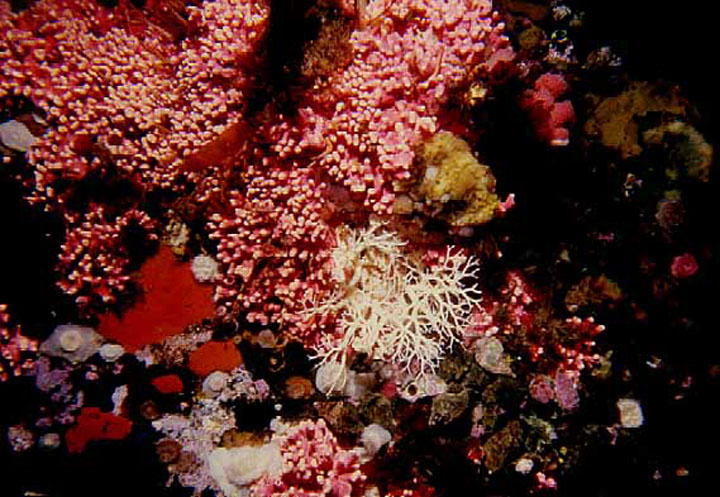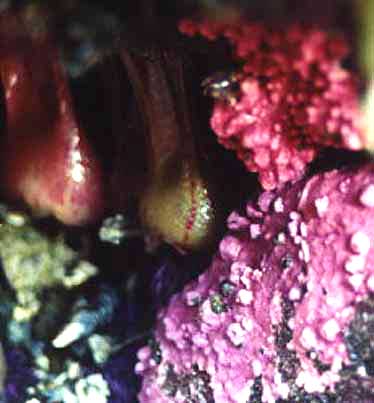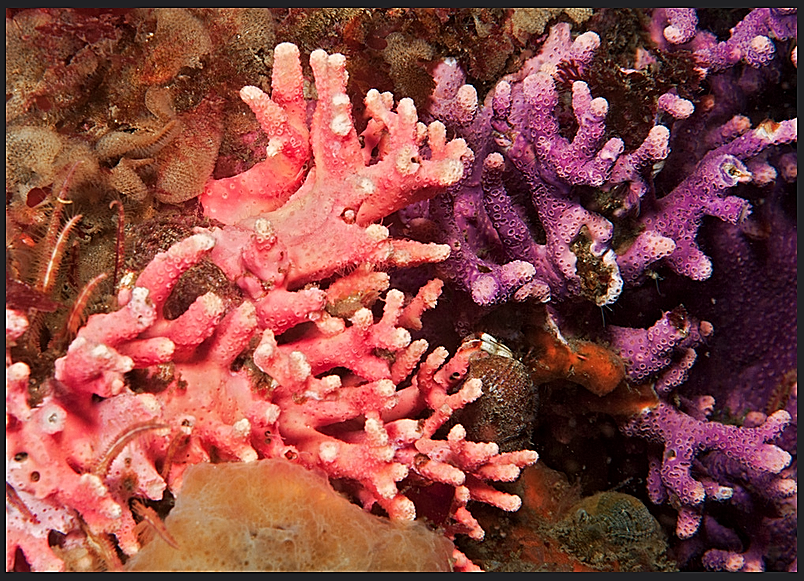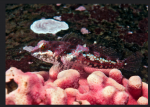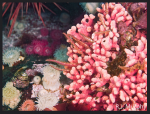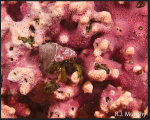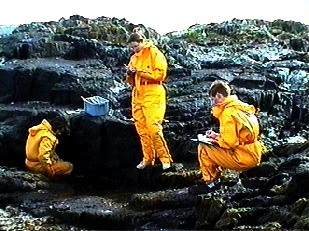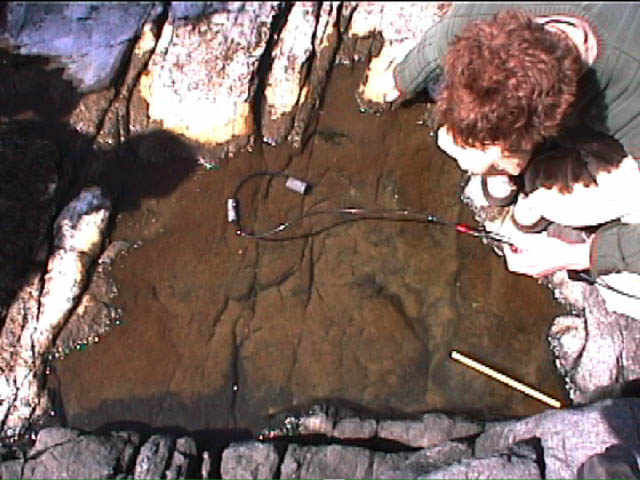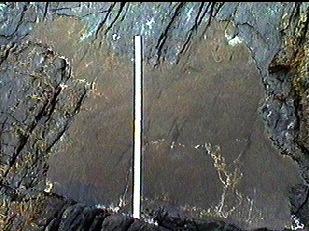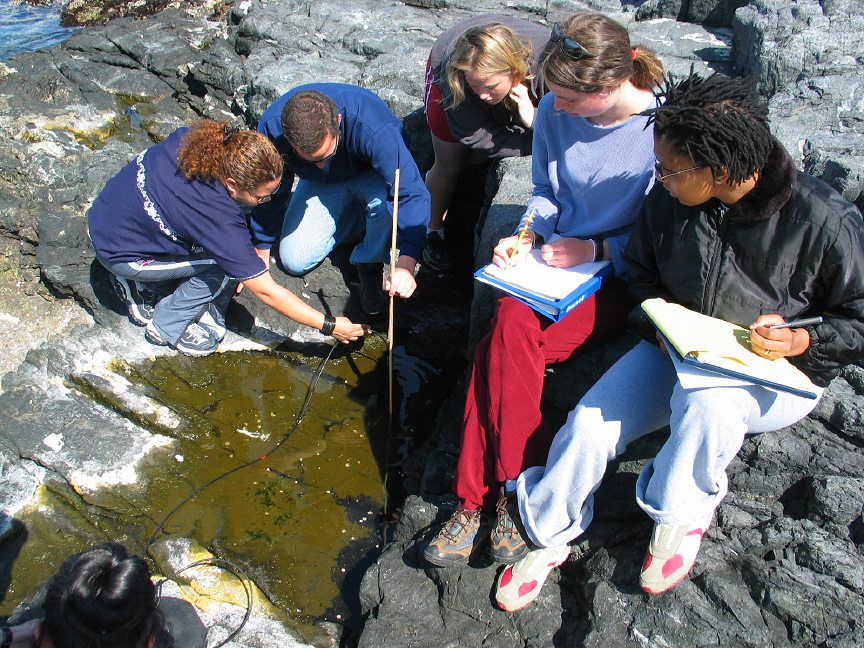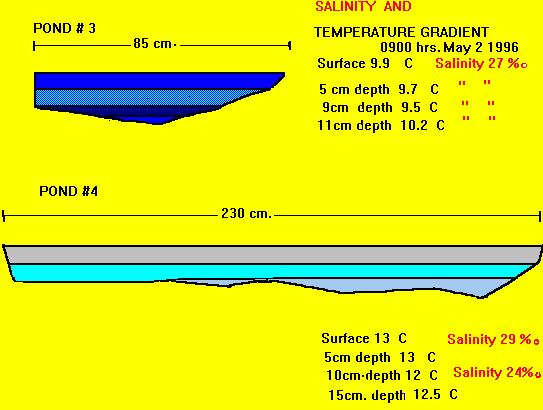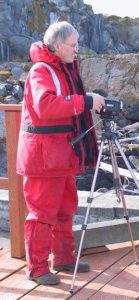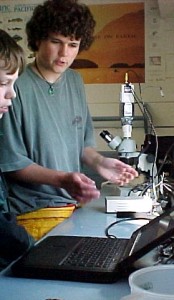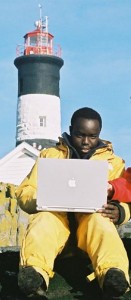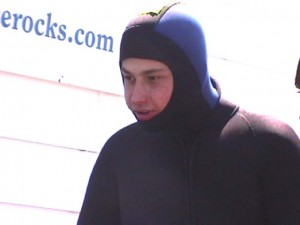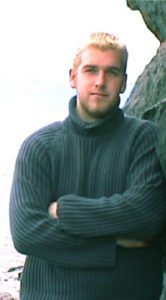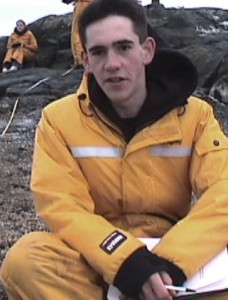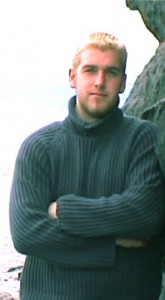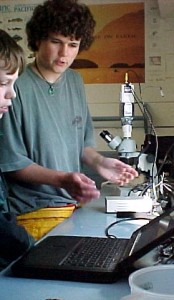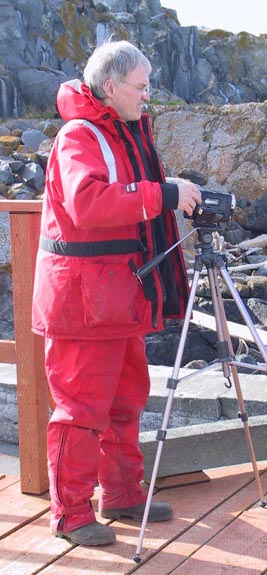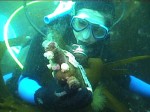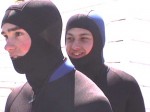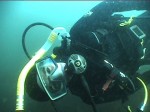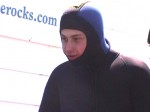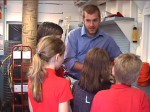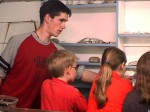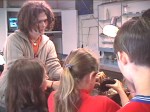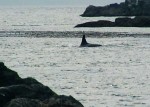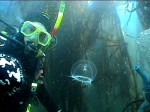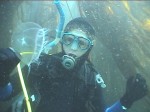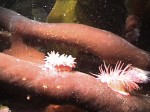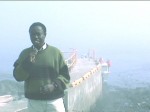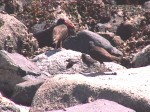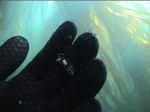The New Landlord
Responsibility for Great Race Island has recently reverted back to the Province of British Columbia represented by BC Parks. The Coast Guard has officially turned all surplus buildings and facilities at Race Rocks over to BC Parks for use in support of education, research and the protection of the Marine Protected Area. Before transferring the assets, the Coast Guard completed extensive upgrades of the fuel systems, generators, buildings and other equipment including the large equipment hoist. The Coast Guard retains a small area of land around the historic light tower and responsibility for maintenance of the tower, operation of the light, fog signal and automated weather reporting system.
BC Parks has in turn entered into a 30 year agreement with Pearson College to designate responsibility to the College for the operation of the facilities, delivering education programs, supporting research and providing supervision for the Ecological Reserve and Marine Protected Area. We look forward to working closely with BC Parks to serve as custodians of this precious ecosystem on behalf of the people of British Columbia and Canada.
Community Support
We are fortunate to have strong support and co-operation from the many visitors to the MPA. We continue to work with the eco-tourism and scuba diving operators to ensure their operating guidelines are carefully followed while their many appreciative visitors have the opportunity to experience the remarkable diversity of Race Rocks. This kind of public education is an essential element of promoting public awareness of the value of the MPA initiative. We hope to work with the eco-tourism operators this year to encourage their customers to voluntarily contribute financial support for Race Rocks. We continue to have an excellent working relationship with the operators.
Sports fishers continue to honour their commitment to avoid fishing within the MPA boundary and we have had great cooperation from Sean and the staff at Pedder Bay Marina. DFO staff members have recently strengthened relationships with the local kayaking community as well.
We are also engaged in an effort with the Department of National Defence and DFO in an attempt to mitigate the impacts on the MPA as a consequence of DND activities at the nearby Rocky Point Base.
The Financial Picture
We continue to rely on our many supporters to sustain the operation of Race Rocks MPA and the racerocks.com website. We greatly appreciate the support of many of you who have made donations both large and small. Every donation helps and through the web we have made new donor friends all over the world. We particularly welcome as new supporters, the Ivey Foundation, World Wildlife Fund, Georgia Strait Alliance and a new technology sponsor, Channel Storm from Israel. Apple Canada, Apple Learning Interchange and Akamai continue to be generous and helpful supporters and advisors
Regrettably we are likely to end our fiscal year on June 30, 2002 with an operating shortfall of $27,000 on our budget. Pearson College has undertaken this debt on an interim basis. We are working closely with government agencies to stabilise the financial plan for long term sustainability of the MPA.
racerocks.com
Garry and our students continue to develop extraordinary features for the MPA’s award winning website. The use of the site by students, teachers, science centres and cyber visitors from around the world has expanded considerably. Technology has proven to be an effective way to widely share Race Rocks and Canada’s Marine Protected Area strategy without negative impacts. Three of the most popular new resources on the website are the Archives, Daily Log and Race Rocks Taxonomy file features.
Video Archives
A great supplement to our live cameras (because you can be sure to find what you are looking for) is an extensive menu of special topic video clips that are being developed for the site. These are great classroom resources for teachers and on-line learning. Check them out at https://www.racerocks.ca/archived-video/
Daily Log
Our resident eco-guardians, Mike and Carol Slater have done a great job of telling the Race Rocks story on the web in the Ecoguardians log. Everything from an elephant seal invasion, to the surprise hatching of our first Canada Geese chicks a few weeks ago have been faithfully recorded. Information in the Log is also backed up by a data base that will allow us to recover data on various marine mammal and bird sightings as well as visitor and vessel traffic. Over the years this data is bound to be useful to researchers and resource managers.
Race Rocks Taxonomy File
This will be a long term project. Garry is determined that we create a truly innovative and accessable taxonomy file featuring all the species at Race Rocks and utilising the very best of what the web has to offer; video clips, photos, text and Internet links. With the guidance of Garry and our other Biology/Environmental Systems faculty members Catrin Brown and Laura Verhegge, the project is launched with 70 species files established this year. This work in progress is available on the web at
https://www.racerocks.ca/race-rocks-animals-plants/taxonomy-image-gallery/
and Next………
We look forward to an interesting summer season. Throughout June we will have a team of students as guests at Race Rocks providing regular webcasts. Check the calendar for the schedule. We hope to raise the funds required to deal with our debt and a few important upgrades on the project. we urgently need to upgrade the sewage facilities on the island by installing composting toilets to eliminate discharge into the MPA there is a remarkable enhanced remote control camera with 360 degree rotation and a much more powerful zoom capability which we hope to acquire we hope to get data from the underwater sensors (which have run well for over a year) available to you on the website
Most of all, we look forward to your continued involvement and support for Race Rocks Marine Protected Area. Thank you for your support.
Angus Matthews
Director of Administration and Special Projects
Pearson College/Race Rocks

